As the talented Soska Sisters face an insidious form of artistic silencing, we explore the twisted censorship of horror, media, and the social narrative.
Who watches the Watchmen? Since the dawn of time, there has been a consistent chronicle of what we’re supposed to say, watch, and how we’re supposed to seek out our truths. In the modern age, one might think it would be easier to find the accurate depiction of a story. But who actually controls the media? And why, in 2019, would we see prominent artists kicked off a platform just for sharing their voice?
Since its beginnings, horror has always been a provocative film genre. The prospect of films being created solely to terrify their audience certainly causes viewers to question the motives behind a filmmaker’s decision to make such dangerous, thought-provoking art.
Fear is commonly due to things we, as human beings, do not fully understand or comprehend. For some, it is the fear of the unknown that keeps them up at night. For others, the thought that someone could choose to break into your home, stalk, or murder you and your entire family is enough to make your hair stand on end. Religious folks throughout history have commonly cited a healthy fear of demons and spiritual possession, or the damnation of their immortal soul by evil.
Aliens are currently on trend, and have been at different points throughout time. Though shows like Stranger Things and recent events surrounding groups of individuals gearing up to raid Area 51 have launched them back into the forefront of our collective narrative — bringing fear of the ‘other’, once again, to the forefront of our society.
Art, generally speaking, is a dangerous medium.
Any iteration of art – whether it be film, painting, sculpture, or music – draws in the people of any given culture, country, or time and makes them think and question, sometimes in ways that can be contrary to the scripted narrative of the societal status quo.
From this, the notion that a society could start to question their governing forces and “think for themselves” is the root of censorship; if you aren’t willing to devour what the writers of our society wish us to, you become the problem.
Where do we see censorship in our society?
“Once a government is committed to the principle of silencing the voice of opposition, it has only one way to go, and that is down the path of increasingly repressive measures, until it becomes a source of terror to all its citizens and creates a country where everyone lives in fear.” – Harry S. Truman, 33rd President of the United States
Sometimes, it’s as simple as a film or book being banned or restricted, either by schools or even on a larger scale when distribution companies won’t deliver the materials for mass consumption. Other times, a governing body such as the MPAA restricts who can view the material in theaters, if a theater can even carry the material, or if a project can even be released at all.
We also sometimes see censorship in redacted content in an article or existing work. Recently, Netflix decided to remove a scene from an early season of their original show, 13 Reasons Why, because it included a scene which shows a young girl’s suicide.
Initially, the scene in question was left to stand with ample warnings issued about the show’s content and viewer discretion encouraged. Now, after much discussion throughout social media that claims this show’s content might be encouraging to young people who are contemplating suicide or even glamorizing the act, Netflix and the show’s creator, Brian Yorkey, came to a mutual decision after considering research that has been done surrounding teen suicide and the effects of media consumption on young viewers, to pull the scene.
Of course, as is the state of permanence within the Internet, nothing is gone forever. People who still want to see the scene, perhaps even more so than they did before the show’s censorship, could easily do so by spending very little time searching or by obtaining a physical copy of the show that has already been released with the full content.
Censorship is certainly not just an American phenomenon.
All over the world, movies and television shows have been banned or edited before being released to audiences for some reason or another.
Some banned movies that might come as a surprise include the Back to the Future trilogy in China due to the country’s decision to ban movies and television shows that portray time travel, as their government believes this content to be “frivolous.”
ET was released in Scandinavian countries (Norway, Finland, and Sweden) with the limitation that children under the age of 12 could not attend, even with adult or legal guardian supervision. The reason for this? The film portrays adults as “enemies of children.” The Exorcist was banned in the UK for 11 years, with officials going as far as to have physical copies pulled off shelves to limit purchases and further consumption of the film. This ban was only released in 1999, after the content was deemed to “no longer have the same impact” as it once did.
The UK has a lengthy history of banning horror films in general, which caused films such as The Texas Chainsaw Massacre, Wes Craven’s Last House on the Left, The Human Centipede II, and Cannibal Holocaust to join The Exorcist in forbidden infamy. While these films are available now, some releases required snippets of the film to be removed completely before they could be released to audiences.
Some famously banned films in parts of the United States include 1915’s The Birth of a Nation for its depictions of racist content and the Ku Klux Klan and John Waters’ Pink Flamingos, which depicted drag performer Divine eating actual dog feces, along with explicit violence, sexual content, and animal cruelty. Another classic horror film, Tod Browning’s Freaks, suffered a 25-minute edit by MGM studios before its release, but eventually still got pulled from circulation entirely.
By and large, the United States has a better track record than other countries for banning films and other media, likely due to our freedom of speech laws and the ability for creators to freely present content independently. However, with the popularity of social media and boundary-pushing awareness with emerging and existing artists, censorship is becoming increasingly prevalent in our modern society.
Censorship is a beast that takes many forms.
While many people would praise companies like Netflix for cracking down on their content and limiting what teenagers and children specifically have access to, I am a firm believer that art is meant to be distributed freely to consumers. Rather, I believe warnings should be placed in kind so parents and individuals can make decisions about what they’d like to view on a case by case, individualized basis.
Recently, Netflix has made the decision to cut back on tobacco depictions in their original programming. This initiative came after the most recent season of Stranger Things premiered on July 4th and subsequent studies concluded that 100% of the show’s episodes depicted tobacco use. Though Stranger Things is beloved by audiences of all ages, the main characters of the show are teenagers. And therefore, a chunk of the audience are within that age bracket.
Some might argue that, due to the show’s setting in the 1980s when tobacco wasn’t as widely regarded as harmful, the depiction is accurate or even timely. But many viewers, likely those with children who might come to idolize or admire the characters who are smoking, might be concerned that the use of tobacco could be glamorized when viewed through an adolescent lens.
This is a situation where it could be argued that censorship is a positive thing, because some want to limit what children and teens see on TV and prevent them from seeing dangerous behaviors as positive or even glamorous. However, green-lighting some forms of censorship is a slippery slope that can result in redacted footage, excessive scrutiny by authoritarian figures who are deemed to “know best”, or even a stricter rating system in the future that could restrict content for adult audiences and even harm filmmakers who aren’t supported by big studio money during their quests to find distribution for independent films.
American sociologist Barry Glassner popularized a theory regarding a “culture of fear”.
He explored how that culture might be used to incite fear that could then, in turn, achieve emotional bias by the general public in the workplace, politics, or even through the media narrative itself. Some might know this term as “fear mongering.”
Fear is a powerful motivator, and when we, as a population are afraid of something, we might end up saying or doing things that go against our core beliefs in an attempt to assuage these fears or fight against whatever could be perceived as a danger to us, our children, or our society and way of life on the whole.
Previous to Glassner’s work, George Gerbner and his colleagues correlated a link between this “culture of fear” and how media consumption led to an overall increase in society’s fear of crime in the 1960s. Since the 1960s, the way we consume and devour media has increased on a daily basis, with it being nearly impossible to even go an entire day without seeing some headline or another. Many of these headlines are notorious for depicting violence, crime, and other stories that could contribute to a continued creation of the “culture of fear” that Glassner theorized.
Censorship then could easily allow for those in charge of media sources – news, social media, and other platforms – to pick and choose what we, the consumer, see and even influence how we feel about such material.
Simply put, if they want us to fear something, more often than not, we will. It’s no secret that horrific stories get attention from our modern society as the “outrage” culture of modern times is becoming consistently more prevalent when we all fight each other for likes, shares, and comments. At the end of the day, news media controls what we share and what we scroll past based on what ultimately has the most interesting story.
Like we’ve seen with scrutiny of the horror genre in the past, fear is a powerful tool that has been used by artists within the genre to tell a tale and keep audiences at the edge of their seat. We know this is a lucrative field. And since many of us are glued to social media on a daily basis, we’ve become all too easily manipulated by the fear that those in power want to cultivate within us. Therefore, censorship becomes just another tool to limit and carefully select what we can consume and how we can consume it.
“The people will believe what the media tells them they believe.” – George Orwell, writer of 1984.
As many of us who are fans in the horror community have realized over the years, much of what we can consume comes down to who has the money and power.
For example, big-budget studio films tend to get more hype, press, trailer releases, and television spots. It’s hard to escape their advertising campaigns. This is not necessarily because they’re better. Independent film is on the rise both in popularity and accessibility, but censorship continually proves to be a threat to our free media when the voices of independent filmmakers are silenced.
Jen and Sylvia Soska, the dynamic duo behind Twisted Twins Productions, darlings of independent film and the masterminds behind American Mary, See No Evil 2, and the upcoming remake of David Cronenberg’s seminal classic, Rabid, experienced this firsthand when their Twitter account (@twisted_twins) was permanently banned.
Anyone who is familiar with the Soskas’ work knows that they have built their brand independently, and their unparalleled attention to their fanbase has been a carefully structured balancing act and labor of love that comes out of their dedication to run their social media accounts personally. It is through this genuine connection that so many fans, myself included, are up in arms about their mistreatment on the social media giant’s platform.
The account, one they have been carefully building and networking with for the past decade, amassed an impressive number of followers and was taken down overnight, not long after their initial announcement about the World Premiere of Rabid taking place at FrightFest in the UK next month.
Initially, the word from the Soskas was that their account was temporarily suspended due to an image of Rabid’s lead actress Laura Vandervoort in a grotesquely beautiful facial prosthetic and make-up from MastersFX. However, both the Soskas and fans were quick to point out that this image – the one they were supposedly being punished for displaying proudly – had been featured on prominent magazine covers, including Rue Morgue and Fangoria.
It begs the question, then: why would Twitter suspend them for something that had been shared rabidly around social media?
Another take is to consider a tactic used by the media when they intend to silence voices for getting too close to information that is deemed “unsavory” and not one of the higher-ups scripted talking points.
If you follow the Soskas on social media, you are well aware that they make no effort to disguise their distaste for pedophiles and predators in and out of Hollywood. They openly support documentaries like An Open Secret (available to watch through VIMEO) and regularly share articles surrounding cases of prominent figures for sex abuse scandals, such as Bryan Singer, Jeffery Epstein, and R. Kelly.
They’ve made talking points about some of the most chilling, vile, and uncomfortable topics that headline news today. In fact, they encourage this discussion with their fans. And, in my opinion, this is a positive stance for people in power with a platform — using their amplified voice to call attention to what matters.
Beyond this, the Soskas recently finished writing a solo run of Black Widow for Marvel Comics titled “No Restraints Play,” a story which follows Natasha Romanoff in her quest to take down a child trafficking ring — using her skills as a hardened assassin to take down men just like Singer, Epstein, and Kelly. It’s a darker tale for Marvel to tell, but one they fully supported. And it pulls absolutely no punches, much like the twins themselves.
The axe of censorship can certainly fall on the unsuspecting necks of individuals who only wish to speak their truth.
It can fall on people who only want to get their messages out to those who may be searching for the same truths as well.
It might seem harmless to those truth-seekers out there who justly believe in the principles of an unbiased press and free media. But the ever-present “them” vs. “us” narrative continues to devolve and put people at odds with one another. For those who seek to profit on keeping us misinformed and complacent, it’s the exact sort of free thinking they would like to silence at all costs.
Recently, Jen Soska took to her other social media platforms to discuss three principles that were previously unknown to me. She explained some of the underlying facets of what makes this sort of preordained narrative by the people who control the media not only frustrating, but dangerous.
These principles are “virtue signaling,” “name calling,” and “silencing.”
Each one works right alongside Glassner’s theory regarding the creation of a “culture of fear,” and adds weight to the notion that censorship is truly the only dangerous facet of expression.
“Are you familiar with Virtue Signaling?” Jen wrote.
“You actually are whether you realize it or not. Anytime you see someone online showing you how good, how charitable, how proactive they are is more often than not their own private ‘look at me’ commercial to appear virtuous. In their words. Their actions truly do not match their behavior because a truly virtuous person is virtuous every day. Not just when their movie is coming out and certainly not just when they decide to run for office.”
The other principles, “name calling” is something of the opposite.
“Name calling” is when we create a villain – an individual or even a group of individuals – and vilify them to make us look like better people.
Jen wrote, “…we love bad guys because when we create them, we get to be the good guys. But there are no bad guys or good guys. There are good choices and bad choices. Someone can always make a choice and start making better decisions.”
Finally, “silencing” seems rather obvious, but the definition given by Jen implies something darker still than simply being denied a platform or a voice. It goes a step beyond “name calling” to where whoever controls the greater narrative from behind their curtain decides to label an individual as unreliable because they are “unsafe” or “racist” — or something that will make people rise up against them to shut them up and take their voice away.
According to Jen, silencing makes people unable to listen to a difference of opinion or a different side of the story.
We slap a label on someone, write them off, and shut them down.
She finished with an ominous warning that should stick with us all and empower us to question everything, even if it comes at a great cost.
“You’re being sold a story.”
Who really owns the media?
According to a 2016 article published by Forbes magazine, the majority of all media and news sources can be attributed to only 15 billionaires. These powerful business and media tycoons control everything you read, watch, and see on your social media platforms. It’s controlled by people like Amazon CEO Jeff Bezos, who bought the Washington Post for $250 million in 2013. This is the same man who made headlines for not paying a dime in taxes in 2018.
More recent studies have shown that approximately 90% of all media – including Internet companies – is owned by only six companies, at least in part.
As many of us truth-seekers have already pieced together, birds of a financially powerful feather flock together. And given the recent news surrounding Jeffery Epstein, some of those powerful people might very well be about to take a mighty fall. Though we are yet to get a definitive list of names, as the case breaks, it will be interesting to see who may or may not have had their finger pressed carefully to the pulse of this subversive tale.
And if it happens to be someone like the Soska sisters? It certainly would make sense why someone might want to take their voices away.
For a brief, shining moment fans thought our hard work had paid off in getting Jen and Sylvia out of Twitter jail.
We pumped our fists in victory, applauding all our hard work signing Change.org campaigns, sharing the Rabid trailer for the 19th time, and tweeting our fingers to the bone with #FreeTheSoskaSisters.
After an announcement from the twins that said their account had been reinstated and all their followers would be restored after a 24 to 48 hour waiting period had passed, we thought the fight was over. Alas, it seems that due to some other glitch in the Matrix, or even more underhanded dealings set on keeping them under wraps, they continue to be downtrodden by the ever-present ban hammer of the Twitter government.
This time, it came without reason (presumably because nobody was buying the last one).
So, we adopt our mantle once more and continue fighting the good fight.
If you would like to support Jen and Sylvia, the good people at Atomic Cotton have created a one-of-a-kind t-shirt to memorialize what is being not-so-lovingly referred to as “Twittergate” that features original artwork by Brandon Ramos (https://atomiccotton.com/product/free-the-soska-sisters).
A percentage of each purchase will go to the Soskas directly as they continue their appeal process with Twitter and an ongoing investigation as to why they’ve been silenced. Also, it is encouraged that you share this story on your social media and spread the word about the case with the hashtag #FreeTheSoskaSisters or by tweeting @Twitter and @TwitterSupport so our voices can, collectively, be heard.
Just like in days of old, we are seeing a new regime that wishes to attack anyone who elects to share a different style of story. We are no longer beholden to the notion that the “Video Nasties” of the past will somehow purify and preserve our society’s ways simply by pushing them out of existence. Independent art must be honored and given a voice.


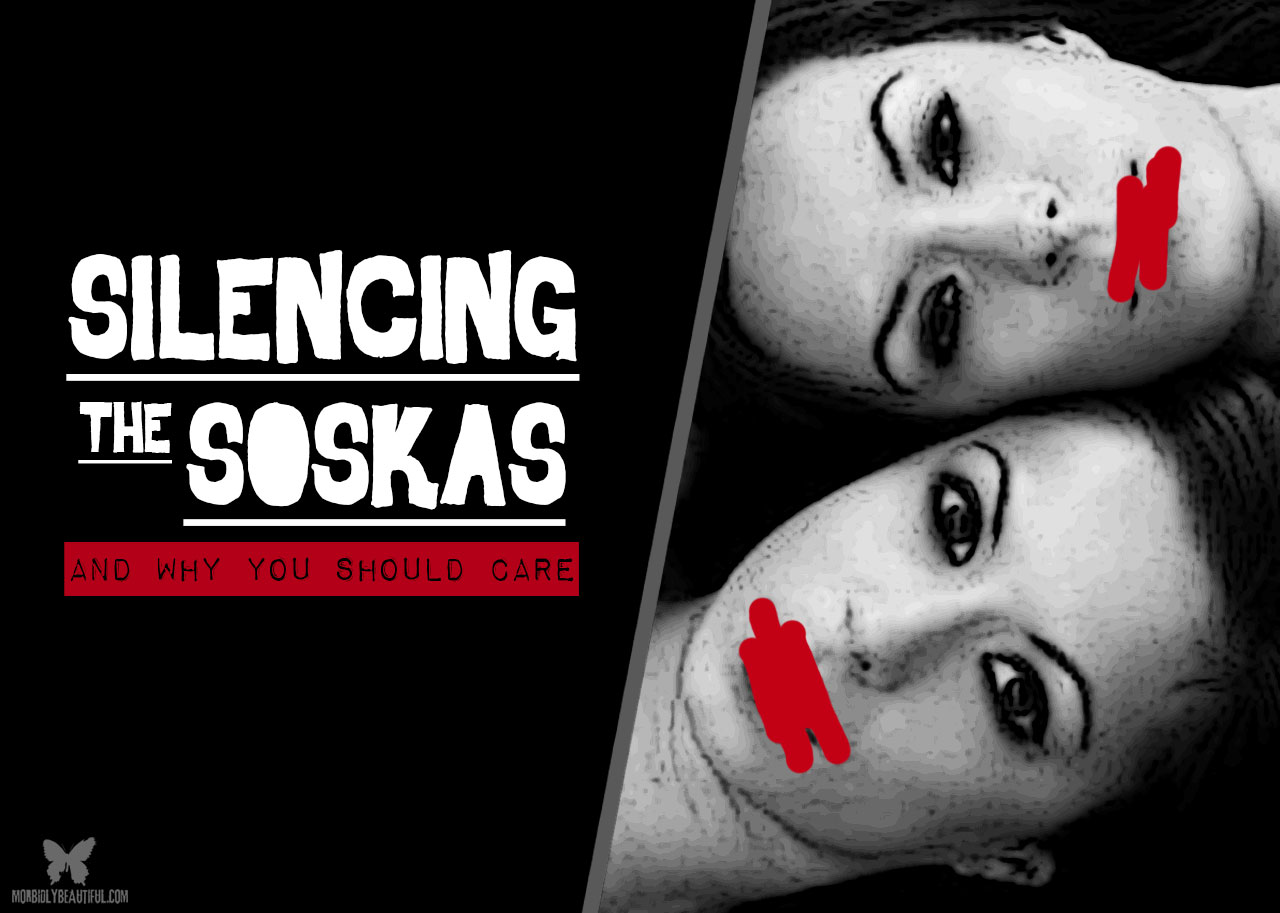
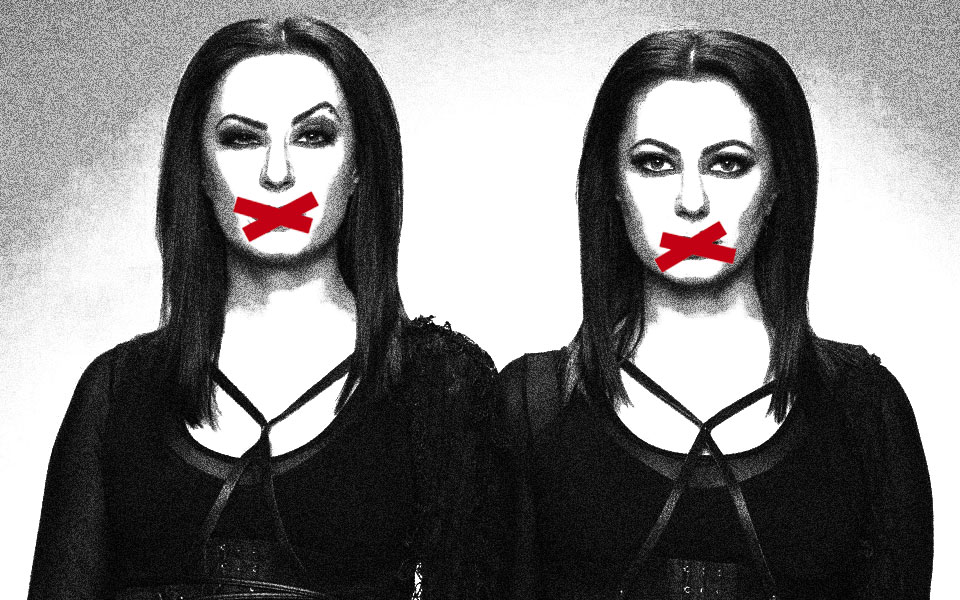
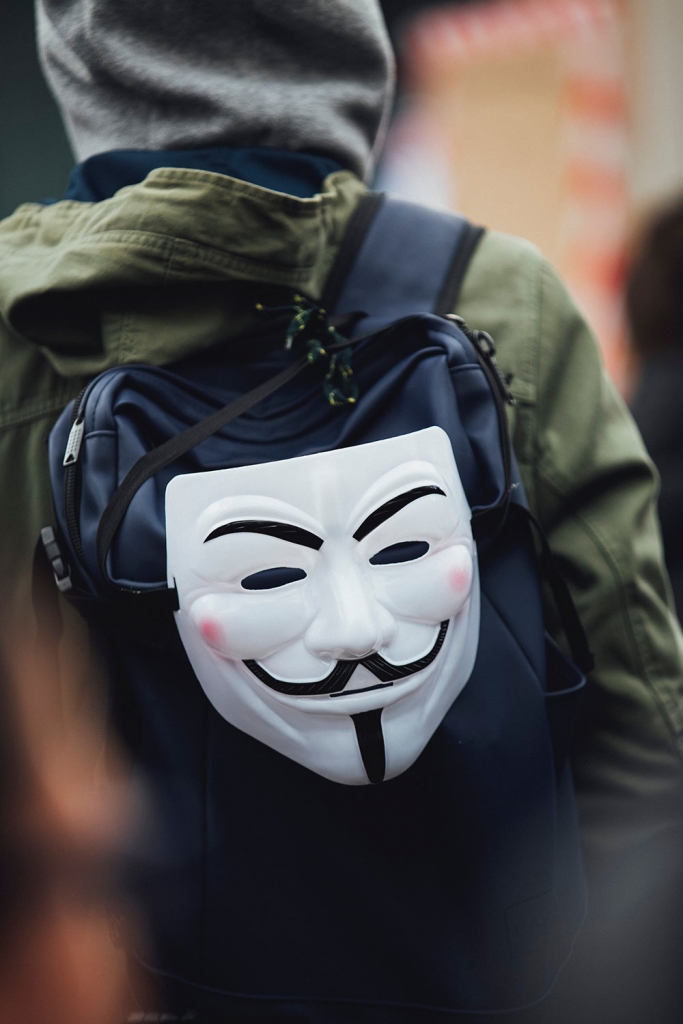
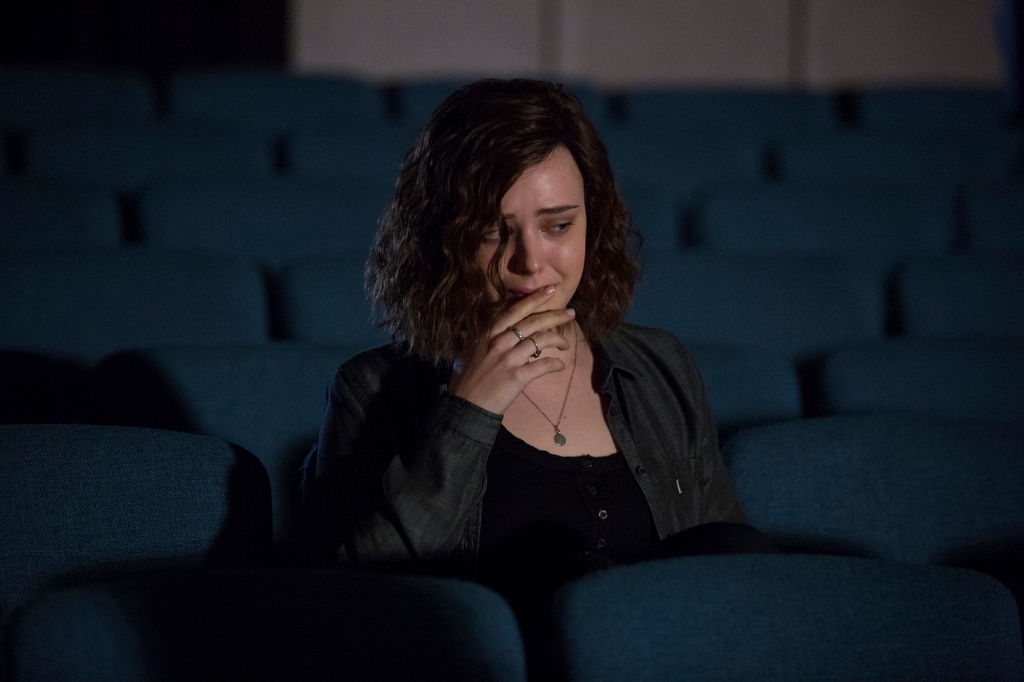
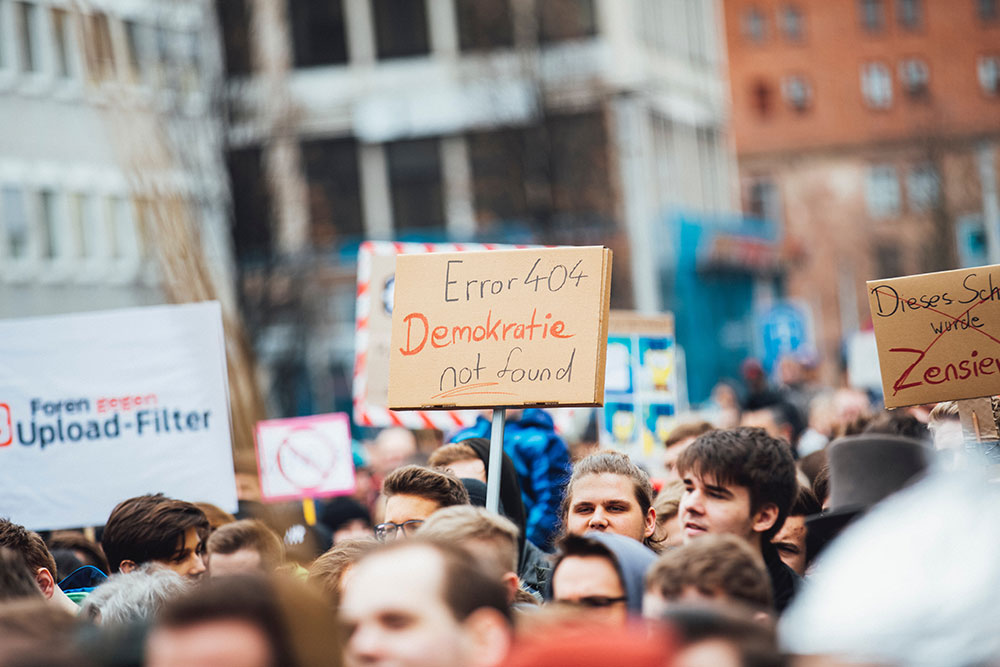
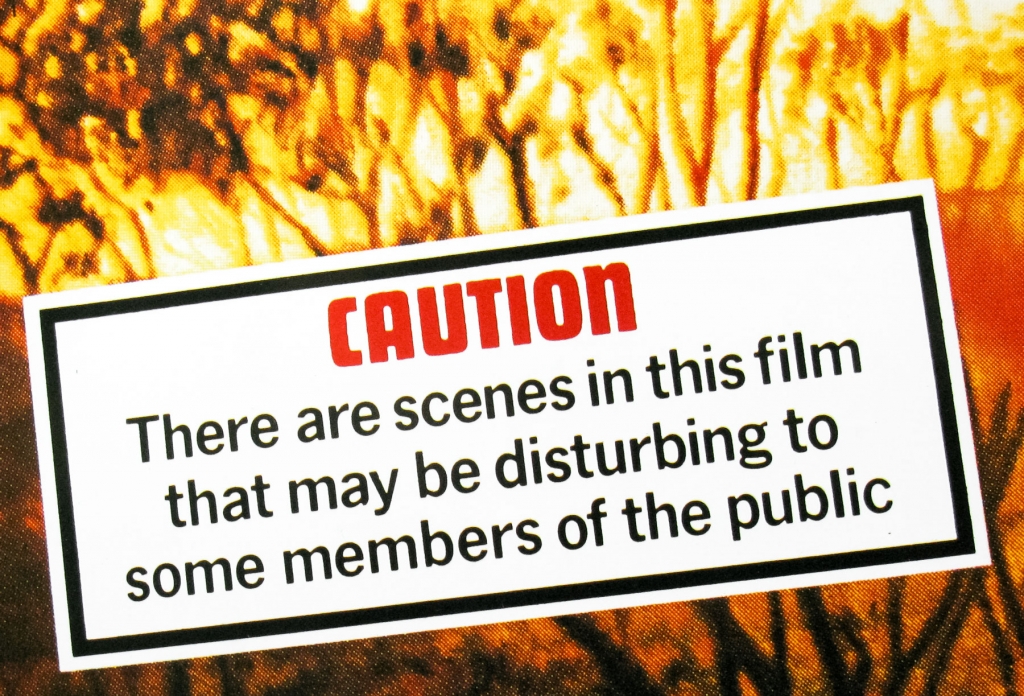
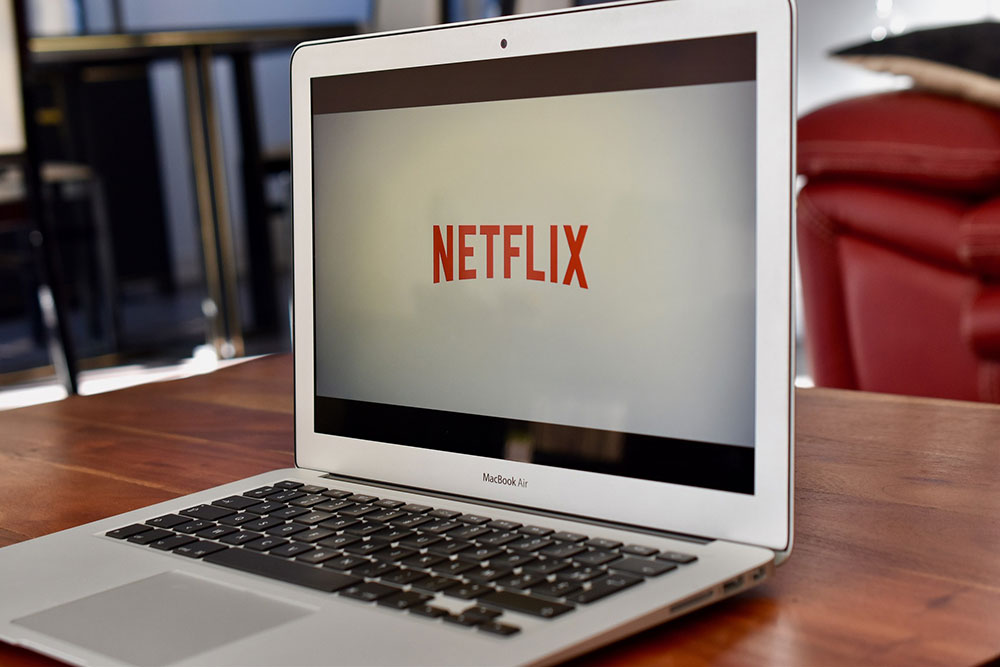
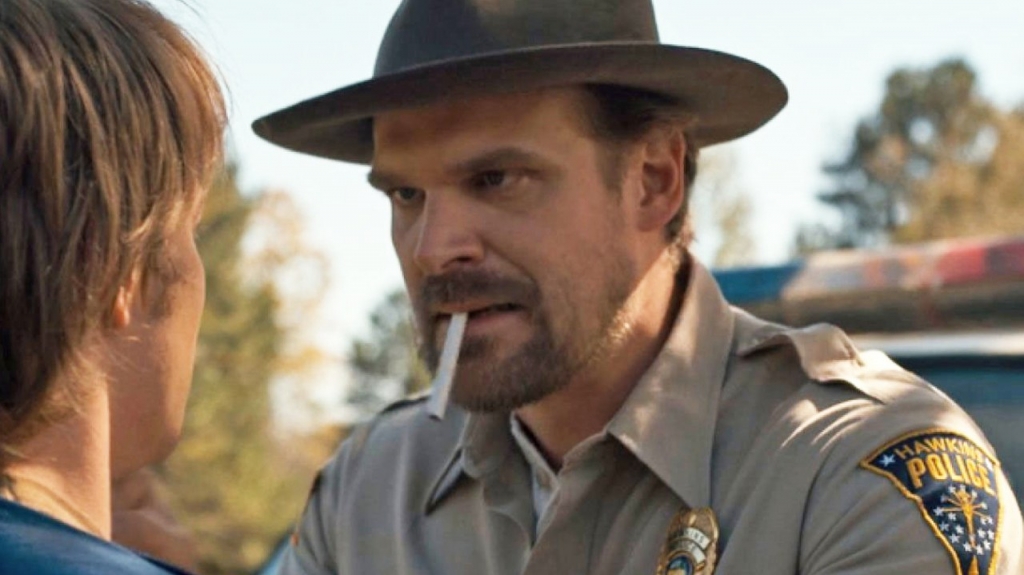


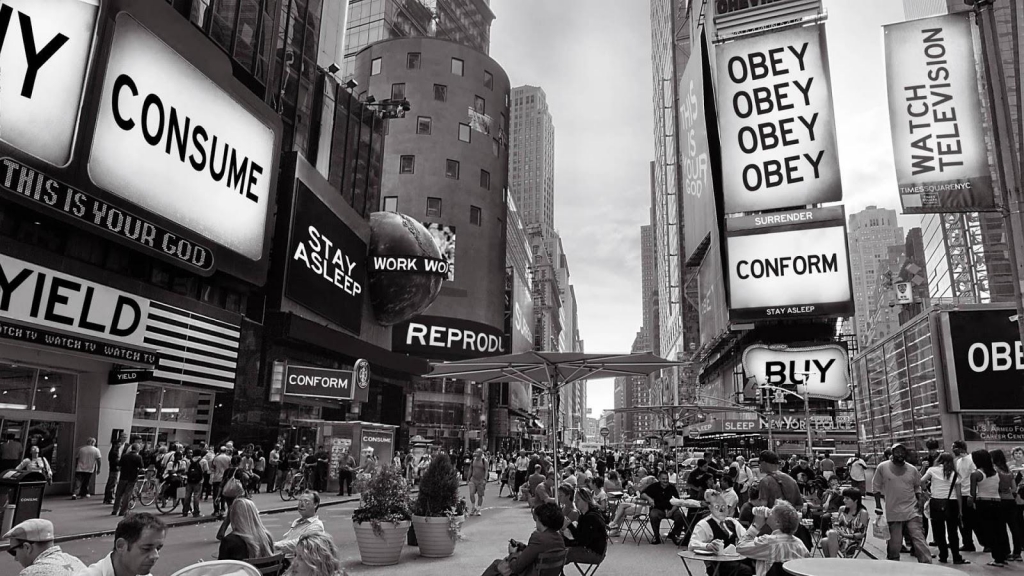
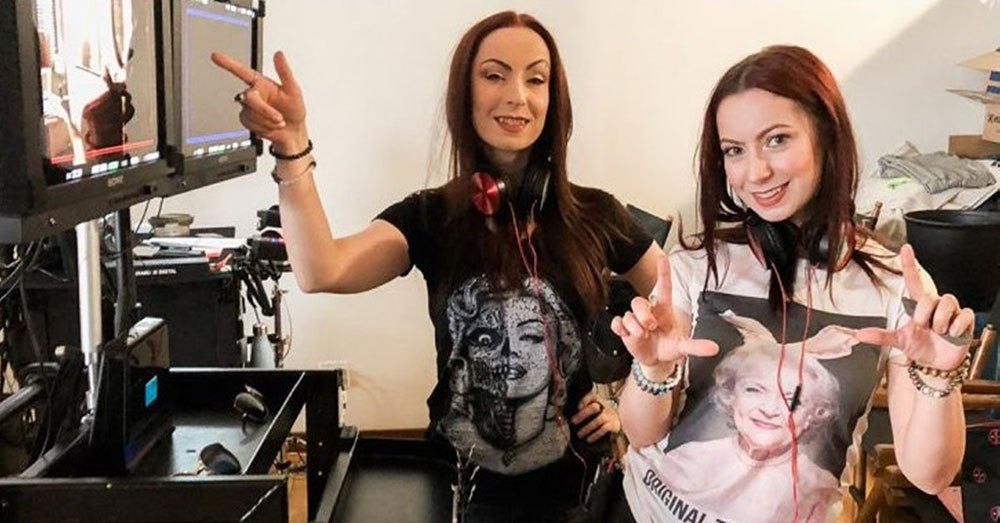

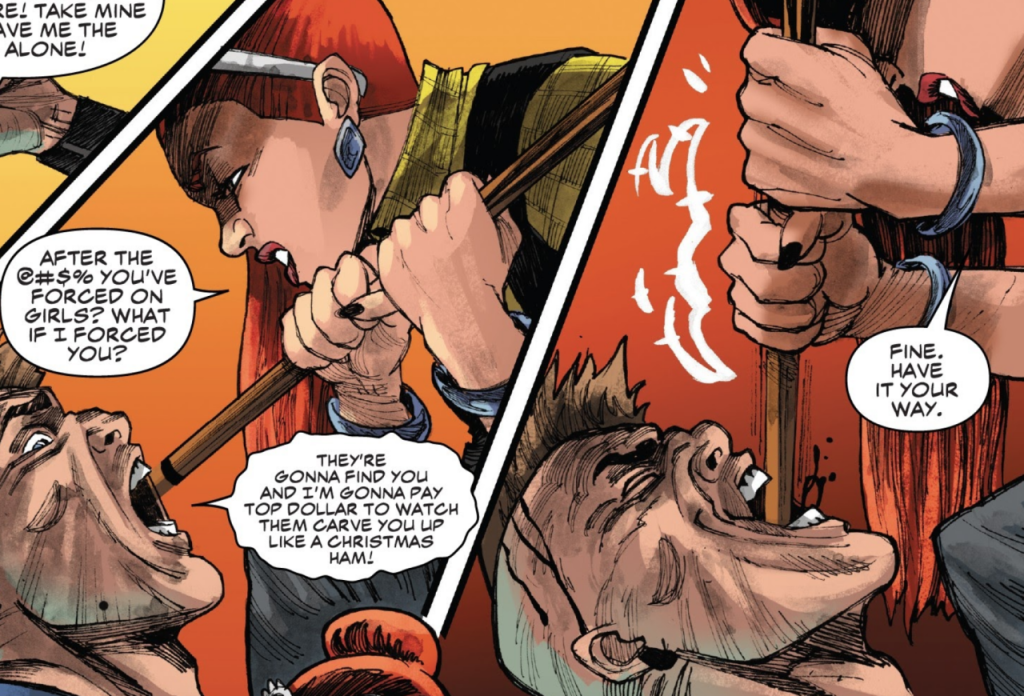
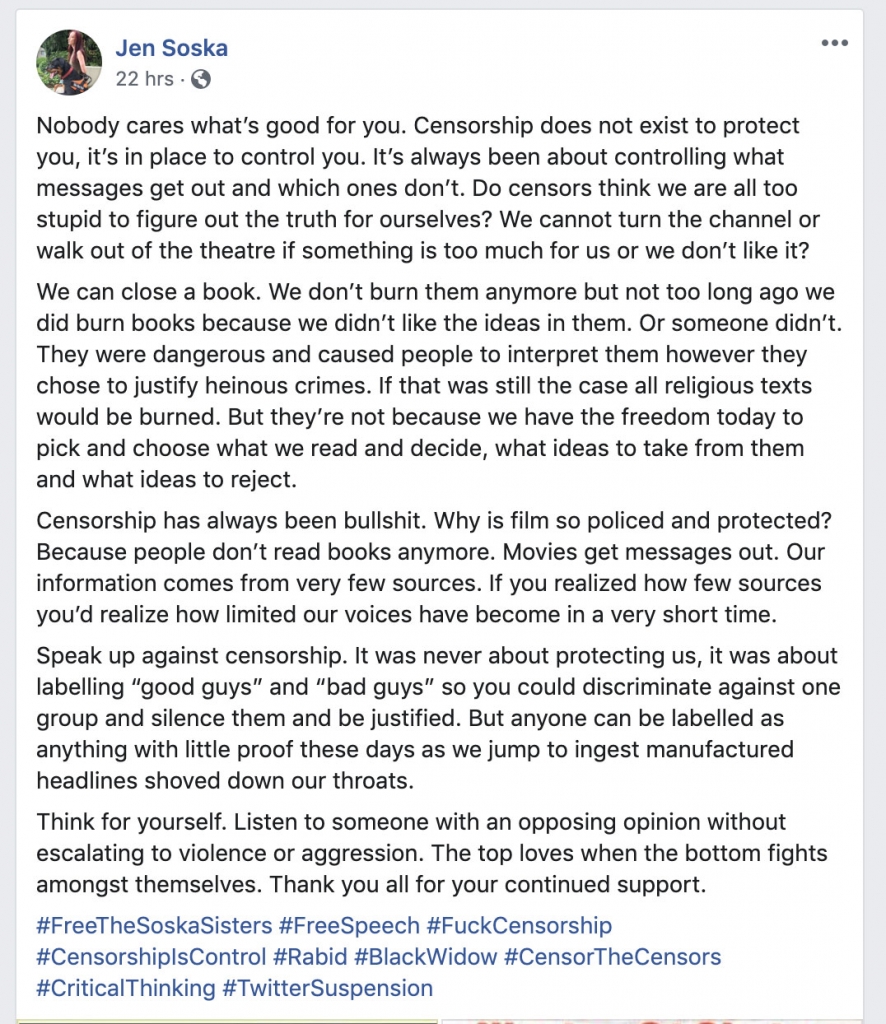

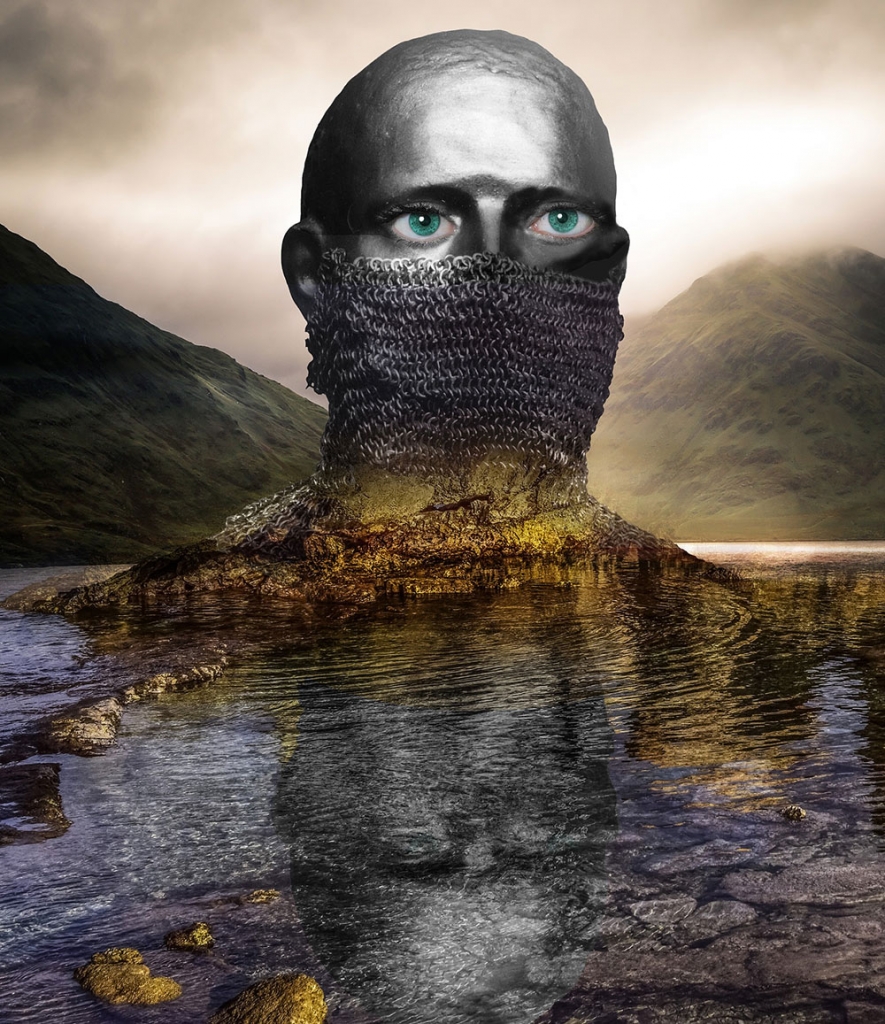
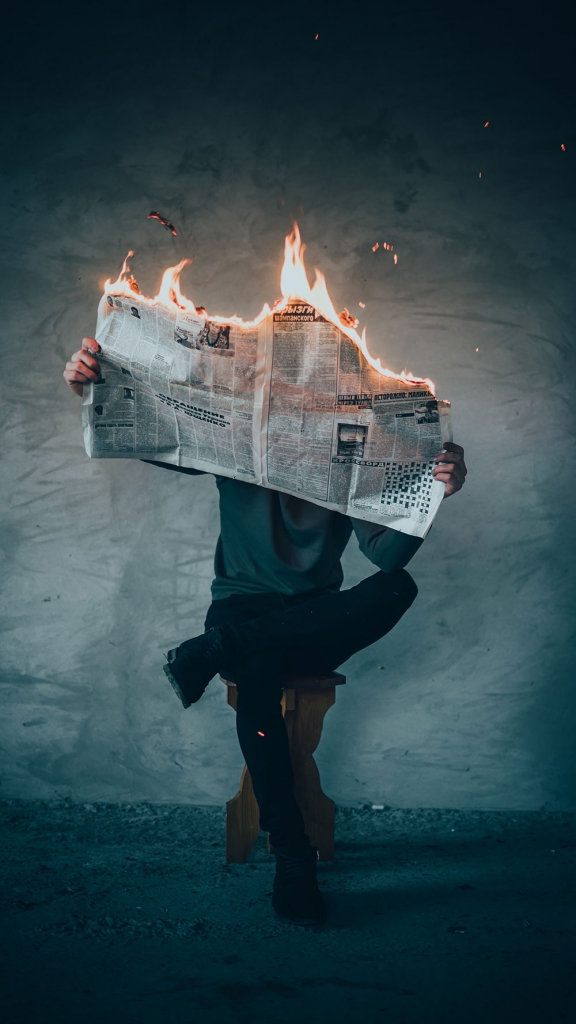
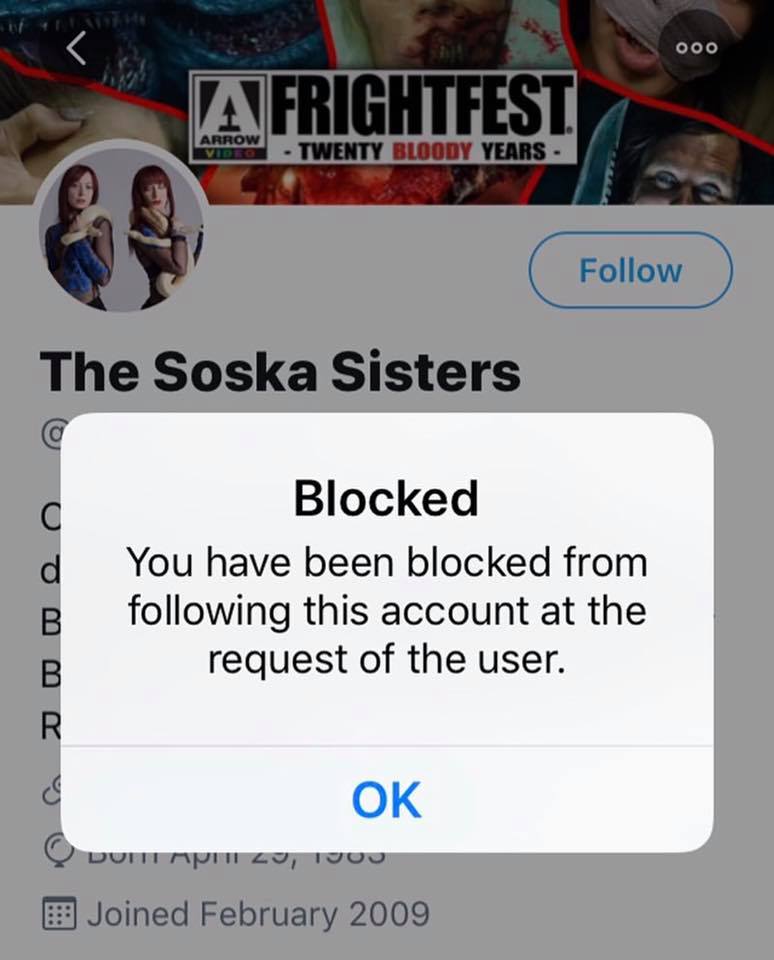
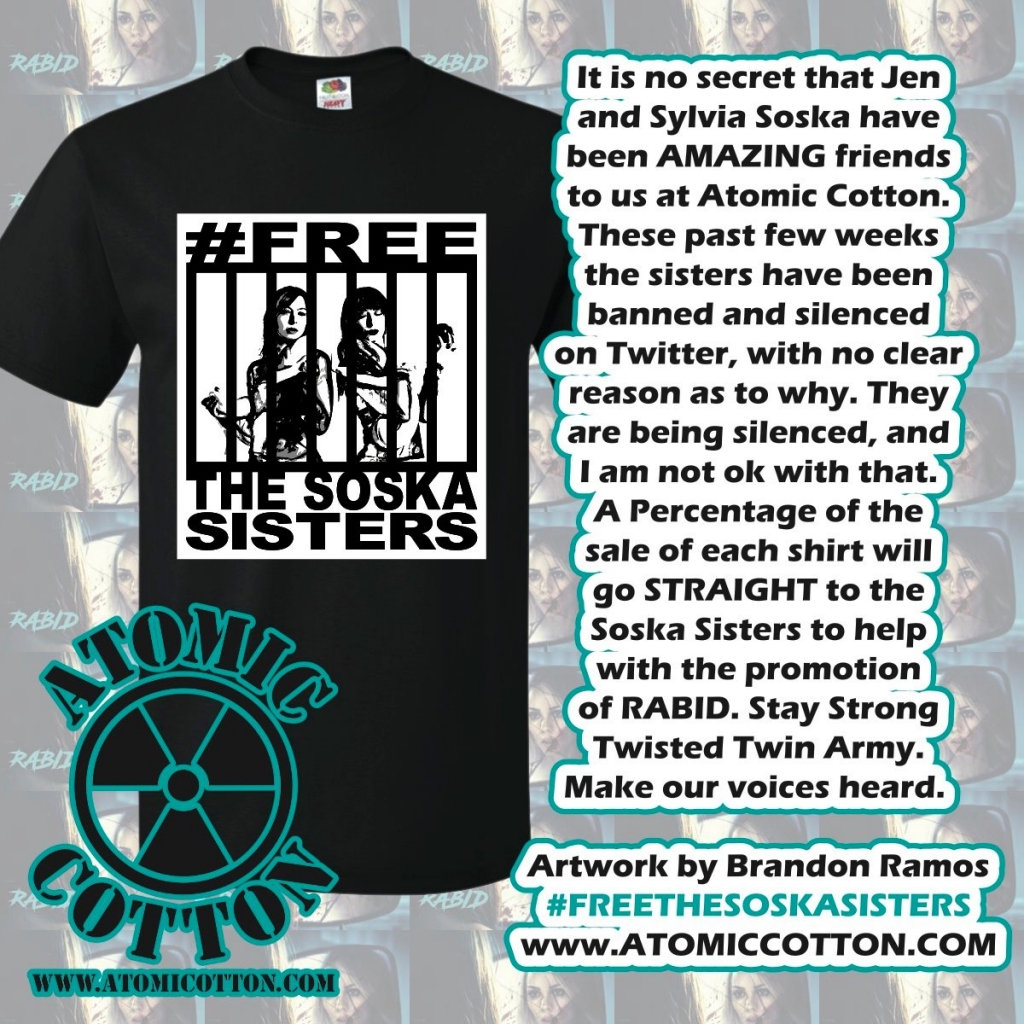

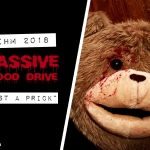







Follow Us!